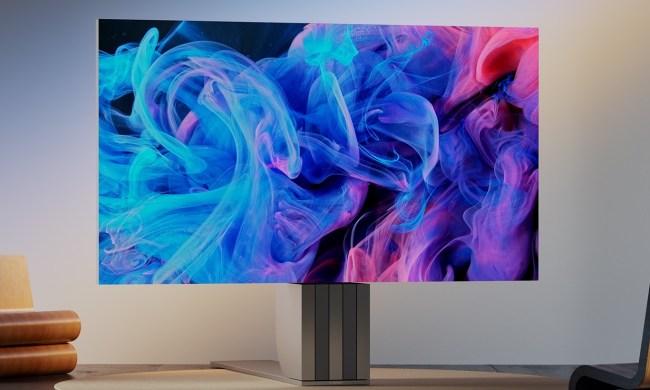
This week, Japanese broadcaster NHK is kicking off the first 8K satellite broadcasts, according to The Japan Times. The broadcasts began Monday, featuring a mix of 8K and 4K programming, including 8K test footage from the 2012 Olympic games. There are also plans for 8K coverage of the 2016 Rio Olympics.
Just because these broadcasts are airing, that doesn’t mean that anyone can see them. Although 8K TVs exist, they aren’t exactly common, and even for those fortunate enough to have one at home, these test broadcasts are still only being shown at specifically designated locations in Tokyo and Osaka.
While some of the 2016 Rio Olympics will be shown in 8K, NHK is really looking ahead to the 2020 Olympics in Japan. The broadcaster hopes to have the technology ready earlier than that, with the rollout planned to start in 2018. The 8K broadcasts of this year’s Olympics won’t make their way outside of Japan, though viewers in the U.S. will be able to watch the games in VR, provided they have the necessary hardware.
If you’re starting to feel bad about your recent purchase of a 4K TV, don’t worry, as it will probably be quite a while before 8K is anything resembling commonplace. NHK has a history of testing bleeding-edge technology — it was showing HD broadcasts in the 1980s.
In the meantime, if you’re simply looking to watch the Olympics in Ultra HD, NBCUniversal will air many of this year’s events in 4K via Comcast, DirecTV, and Dish Network. Not all of the more than 6,000 hours of coverage the network has planned will air in
If you happen to be located in Japan or are headed there in the near future, NHK has detailed both where viewers can go to view these 8K test broadcasts and what will be shown in an English language PDF.


